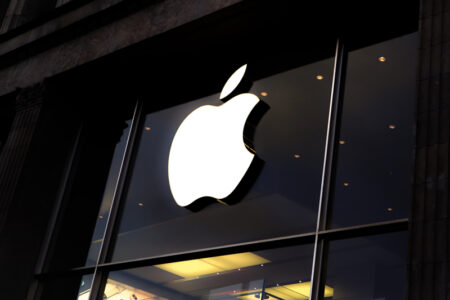These local blue chips offer a good mix of growth and dividends to help you meet your financial goals.
Browsing: Blue Chips
Local banks are seeing their share prices rise close to a year high. Should investors still bite?
Two of our local banks are planning to expand their business franchise, while an offshore and marine blue-chip company sounds a profit alert.
At the wake of the pandemic, the number of Singapore blue-chip companies that have paid a dividend for 10 years are becoming rare. Among them, one company has been a juggernaut, maintaining its dividend payout for 20 years.
If you just started working, retiring by the age of 40 will seem nearly impossible. But, here’s how you can work towards this goal.
We look at snippets from a real estate investment manager, a REIT and a growth company.
The Jardine group is committing to repurchase shares of two of the companies in its stable. Is this a good move for investors?
A key aspect of the ValueGrowth strategy is the “growth” component. Let’s delve into the details.
As the country starts to live with the COVID-19 virus, here are four blue-chip stocks that have reacted strongly to the news.
With such strong pent-up travel demand, can the airline finally breathe a sigh of relief?
Look no further than these four companies if you want to enjoy a higher than 4% dividend yield.
We take a closer look at acquisitions from a blue-chip company and a REIT, as well as the latest set of results from a media conglomerate.
US stocks are gaining in popularity over our local STI due to its outperformance. But before you press buy, here’s 10 things you should know.
Looking for a bargain? Here are three billion-dollar companies that are hitting their 52-week lows.
It’s always good to start investing as early as possible. Here are three stocks you can consider buying for your child’s investment account.
There are 500 stocks that make up the S&P 500. The largest eight, which widely represent the tech sector, account for over a quarter of the index’s weightage.
The airline caterer announced the departure of its long-time CEO. Should investors start to worry?
The engineering conglomerate intends to accelerate the growth of its smart city division.
Here are five dividend-paying stocks that could potentially make it into the coveted Straits Times Index.
The telco is recycling capital to fund its digital infrastructure growth initiatives.








